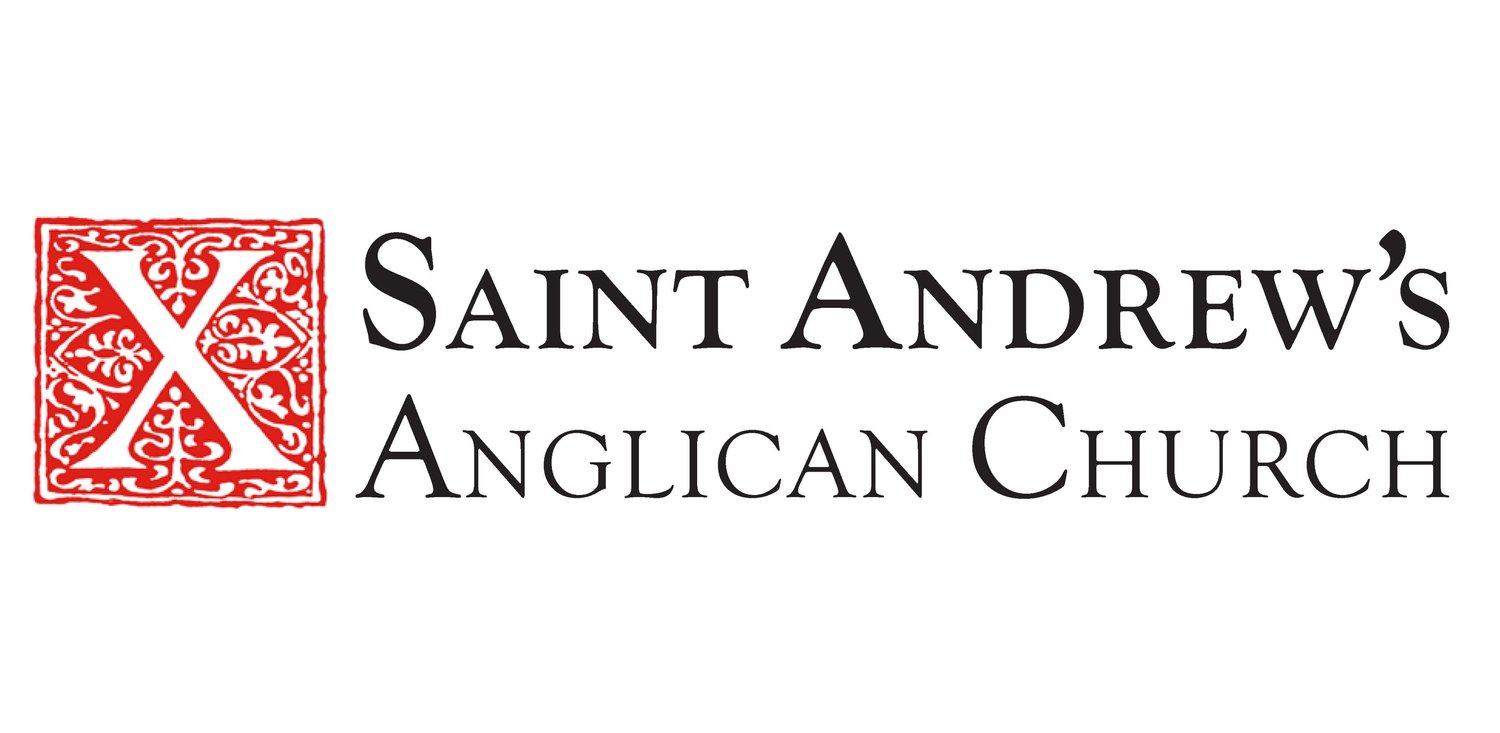Muffins with Mom
May 11 in Moncrief Hall
Come honor your mom and share a sweet treat and time with her.
Did you Know?
Mother’s Day in the United States has a history all its own. Ann Maria Reeves Jarvis (1832–1905) bore more than a dozen children. Most of the children died from diseases such as diphtheria or measles, which were common during her day in the Appalachian area of Virginia (later West Virginia) where she lived. Jarvis worked hard in her community to try to help other mothers and families avoid the tragedies she had suffered. Part of a national public health movement populated in large part by women reformers, Jarvis organized “Mothers’ Work Clubs” and promoted special “Mother’s Work Days,” when women would collaboratively collect trash and undertake other projects to improve local environmental conditions and their neighbors’ understanding of hygiene.
The focus of Jarvis’ work changed when war struck. Her region was deeply divided by the Civil War. Local soldiers fought on both sides of the conflict, and guerilla warfare was rampant. Jarvis insisted that the women’s groups she organized help both Confederate and Union troops who were sick or wounded, and she worked to promote peace and unity following the war. In 1868, despite threats of violence, she organized a “Mother’s Friendship Day” to bring families from both sides of the war together to try to restore a sense of community. It’s possible that Howe’s proclamation two years later was inspired by Jarvis; the two knew each other. At the very least, Jarvis and Howe shared the belief that women—and especially mothers—were best suited to bring people together with a goal of peace.
After Ann Jarvis’ death, her daughter, Anna Jarvis (1864–1948), set out to honor her mother’s legacy by establishing a national Mothers’ Day on the second Sunday in May, the day her mother had died. Anna, who never married or had children of her own, did not focus the holiday on peace activism but on the idea of honoring one’s own mother. She chose white carnations as an emblem and urged people to write heartfelt letters of gratitude to their mothers (in Anna Jarvis’ eyes, sending a pre-printed card didn’t count). Anna succeeded in her quest for official recognition, and President Wilson issued a proclamation of the first national Mother’s Day just before the start of World War I in 1914.

